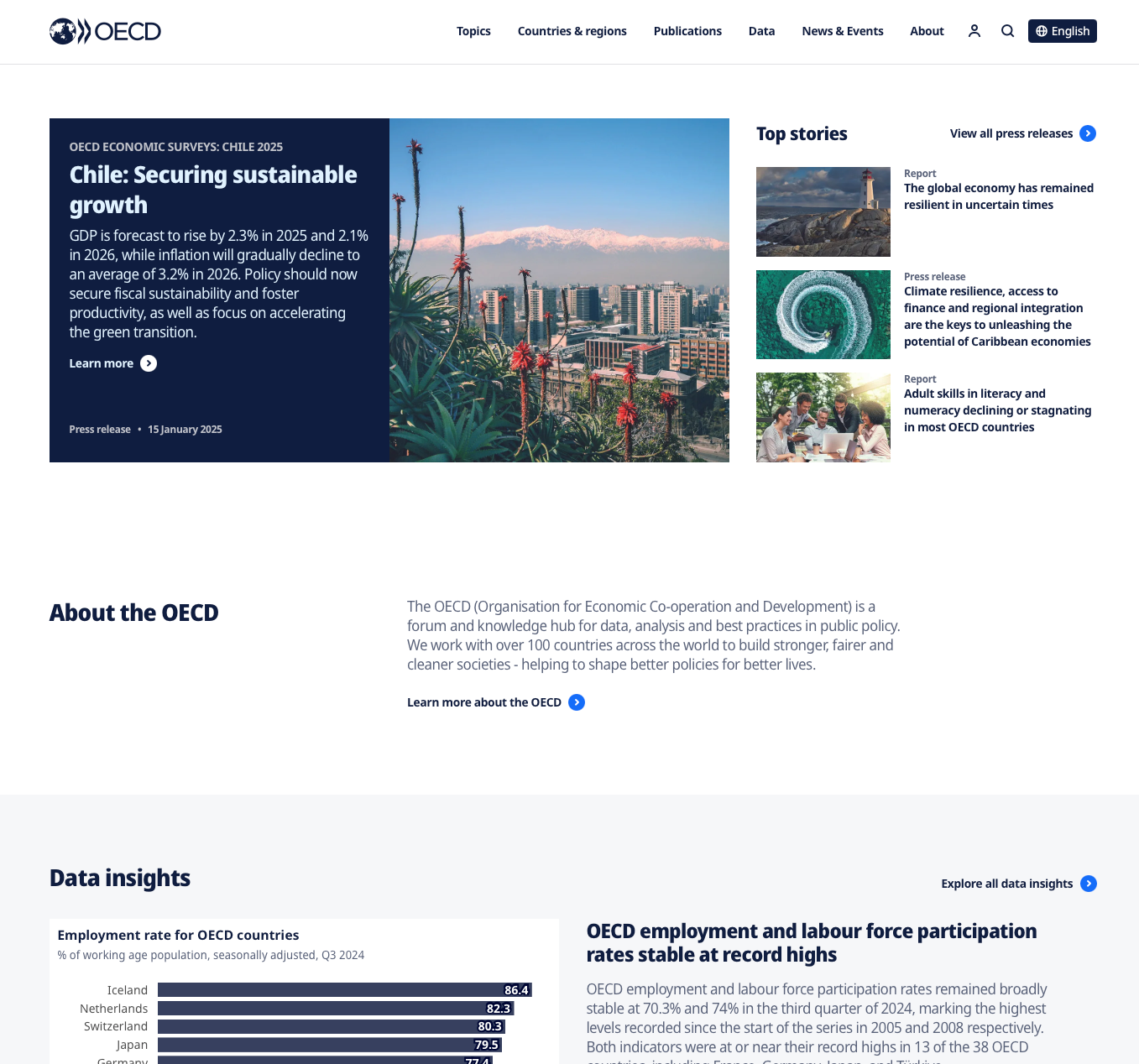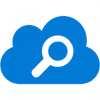OECD
Transforming OECD’s Web Presence
A significant upgrade to OECD's digital presence, providing a seamless user experience and robust content management workflows. The new platform is dynamic, responsive, and accessible to a global audience.

Project metadata
Who is the OECD?
The OECD, or Organisation for Economic Co-operation and Development, is a prominent intergovernmental organization with over 3,500 employees, advises governments on creating better policies for improved global well-being. Operating as a forum and knowledge hub for over 100 countries, the OECD plays a critical role in shaping policies through trusted statistics, standards, and analysis.
Project challenge
OECD’s digital presence, particularly its primary website, OECD.org, was outdated, presenting significant risks in terms of obsolescence and security while limiting the potential for modernization. The previous web content management system (CMS) was based on an old and unsupported platform, which had not been updated in years.
This situation posed several challenges:
- Security Risks: The outdated platform presented numerous security vulnerabilities.
- Modernization Needs: The aging website limited OECD’s ability to present a cohesive, modern digital presence.
- Content Management: With years of accumulated content, there was an urgent need to clean up, archive, and reorganize the site’s content for relevance and user engagement.
- Complex Ecosystem: The OECD’s ecosystem of satellite websites required a new hosting paradigm and operational model to manage their interconnectedness effectively.
Goals and objectives
Together with the OECD, we defined the plan to design and implement a revamped digital presence, based on a modern and user-friendly CMS. 4 main goals were set for the project:
- Improve communication and engagement with visitors and stakeholders.
- Enhance the security and future-proofing of their digital presence.
- Streamline content management across OECD.org and its satellite sites.
- Increase operational efficiency and reduce costs associated with digital content management.
Solution
AmeXio proposed a comprehensive solution centered around Adobe Experience Manager as a Cloud Service (AEMaaCS). This platform provided OECD with a robust, agile, and integrated web content management system capable of addressing their immediate needs while also laying the groundwork for future digital products.
Improved Accessibility & UX
Leveraging the latest technologies while adhering to web accessibility standards.
Optimized content governance
Streamlining the content lifecycle, from creation to publication
Robust enterprise integrations
Enhanced search experience, synchronized taxonomy management and interactive visualisation of economic data.

Optimized content governance
At the core of any large organization is its people and their ability to work efficiently and productively. For the OECD content platform, this meant creating a permission structure that mirrored their intricate hierarchy of directorates.
Each directorate has ownership over specific site sections, with tailored access rights to manage their content. There is one directorate that acts as the “super-group”, overseeing key areas to ensure consistency in messaging and alignment across the organization.
We also streamlined workflows by defining roles for contributors (content editors) and approvers (quality gatekeepers). A smart approval workflow automatically identifies the right approver based on page settings, ensuring that content is published efficiently without sacrificing quality.
To make management effortless, we centralized user and group controls, syncing them directly to AEM. This allows administrators to customize access and workflows with precision, ensuring teams only have the permissions they need.
Robust enterprise integrations
What sets this project apart, is the level of integration with the OECD’s digital ecosystem. By connecting AEM with their existing tools and systems, we delivered a platform that truly enhances their operations:
1. Smarter tagging with TopBraid
The OECD relies on TopBraid for taxonomy management, ensuring content is categorized consistently. To leverage this metadata source, we created a syncing mechanism that imports tags directly into AEM, allowing content creators to tag their work effortlessly. This ensures users can quickly find the information they need, no matter how vast the content library grows.
2. Actionable Insights with Google Analytics
Tracking user engagement is crucial for optimizing content and strategy. It was decided to implement Google Analytics for the new OECD websites. A customized data layer was set up in Google Tag Manager to capture and send precise user interactions — such as clicks, scrolls, and page views — straight to the tracking environment. This approach ensures the OECD can take a data-driven approach when optimizing their digital channels and remove frictions for the end-users.
3. Mass publishing
The OECD produces countless reports each year, using a specialized publishing environment. To streamline the publication of these reports, we integrated AEM with the publishing environment, enabling automated page creation via API calls. This ensures that reports are published with minimal manual intervention, maintaining accuracy and structure.
4. Advanced search and indexing
When working with high volumes of content, a powerful and easy-to-use search engine is indispensable for visitors to discover the right content and gather the insights they are looking for. Together with the team at the OECD, we built a React-based search application that works hand-in-hand with an Azure-powered indexing system. Each content update triggers the search index in real-time, ensuring users always find the most relevant content. Plus, the search app also integrates with external content sources, extending its usability beyond the OECD site.
5. Archival and smart redirection for outdated content
To ensure the vast body of knowledge at OECD is retained over the long-term, we implemented a tailored archival process in AEM that identifies outdated pages based on usage data from Google Analytics. These pages are archived automatically, with a static snapshot created for future reference.
For pages that no longer exist, our Smart Redirect Service provides a seamless user experience, determining whether to redirect visitors to an archived version, or display a custom error message. This ensures users never hit a dead end.

Project approach
The project followed a phased lifecycle with agile components:
- Inception: Defined scope, requirements, and budget, leading to an official project kickoff.
- Elaboration: Detailed solution design, covering technical architecture, content structure, and visual design in collaboration with a design partner.
- Implementation: Iterative development with bi-monthly interactions for demos, user acceptance testing (UAT), and deployment.
- Transition: Ensured smooth handover to end-users, facilitated training, and captured feedback during a warranty period.
- Production: Supported the public launch with a detailed go-live plan and provided immediate post-launch support.
Results and roadmap
This project has positioned OECD.org as a modern, efficient, and secure platform capable of supporting the organization’s digital goals. Future work includes ongoing improvements to the website, onboarding additional satellite sites, and conducting an accessibility audit to ensure compliance with the latest standards.
AmeXio continues to partner with the OECD, focusing on the evolution and enhancement of their digital ecosystem, ensuring it remains a cutting-edge platform for global policy dialogue.


